Taking 'Working at the Coffee Shop' to a Whole New Level
It's the Coffee News Roundup: Week Ending August 15th

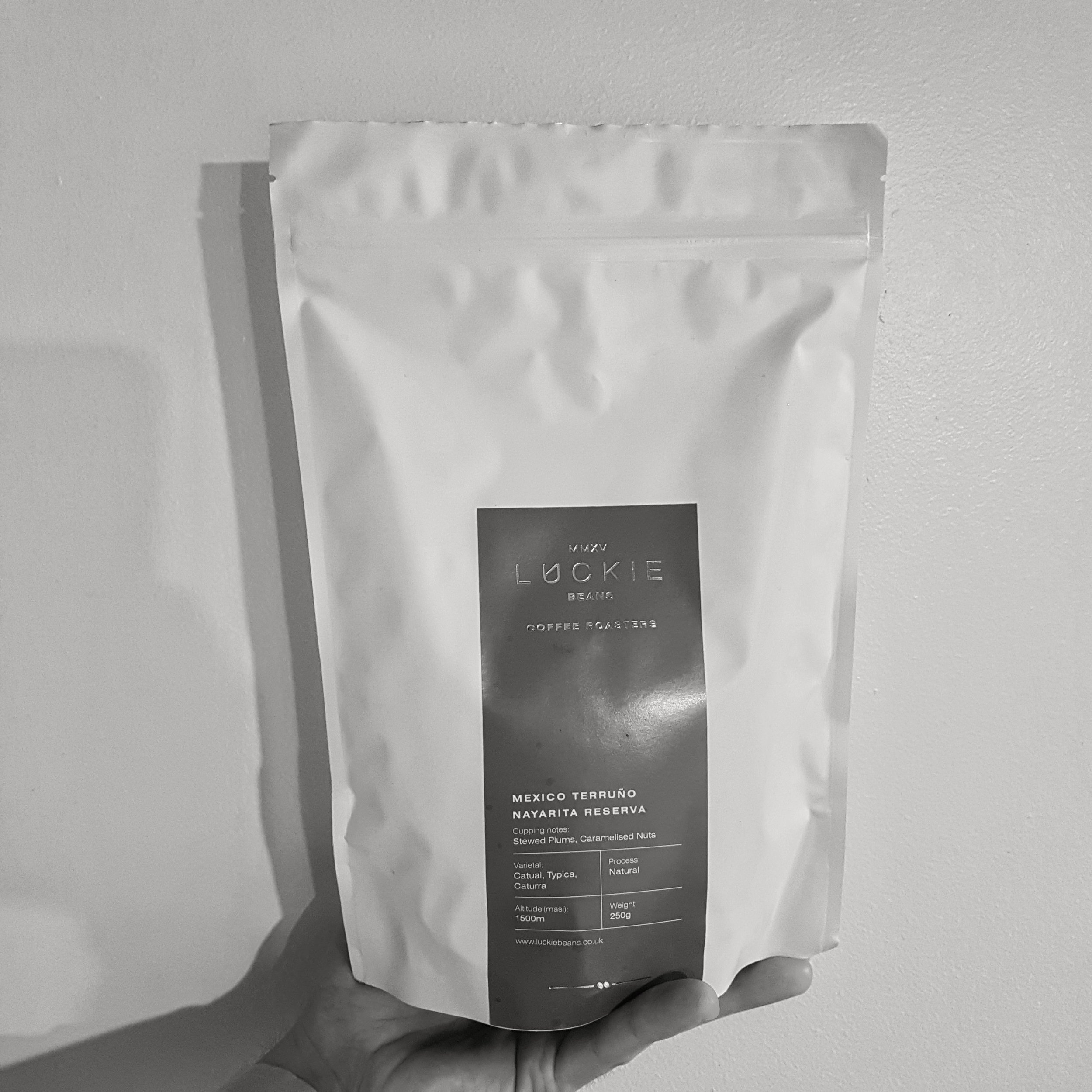
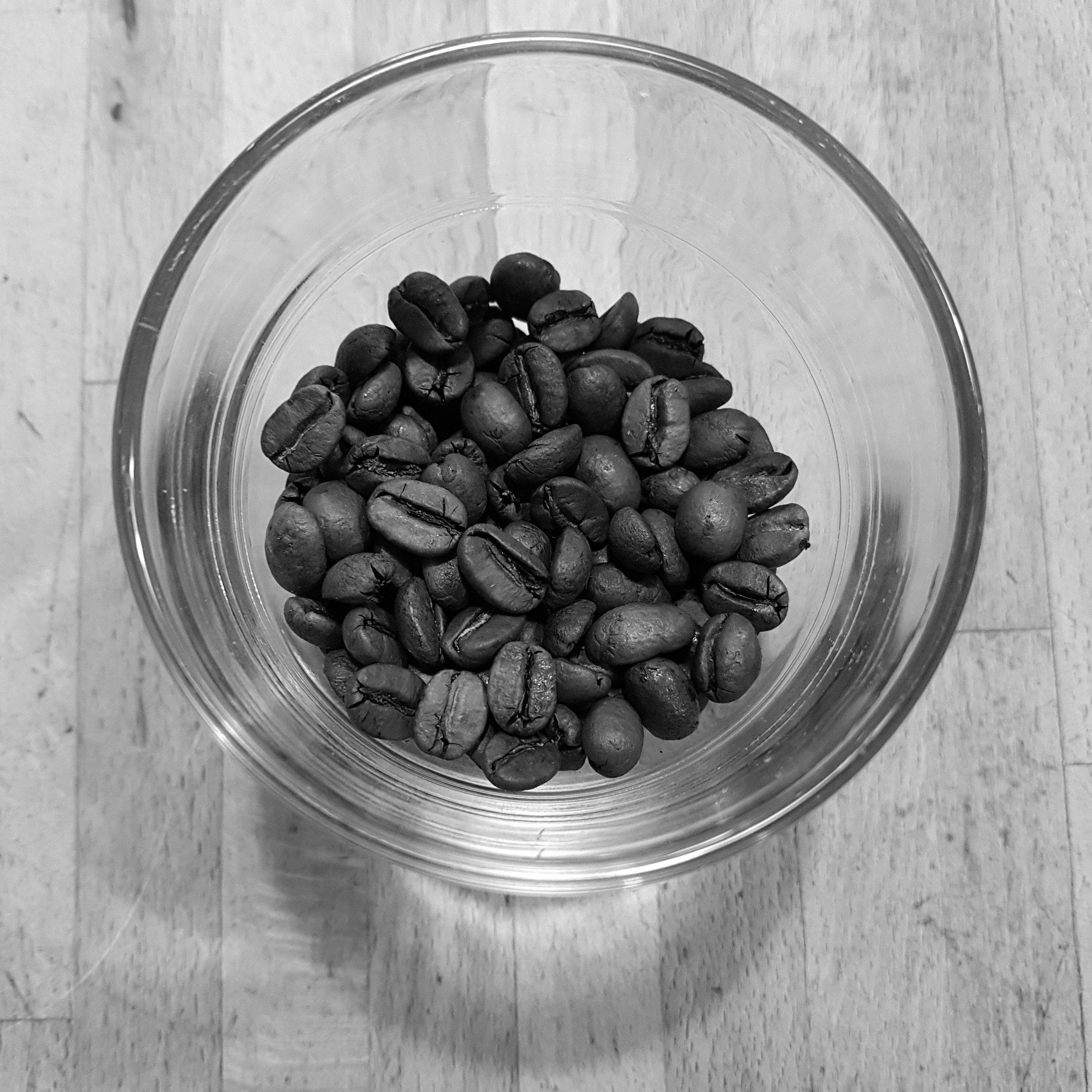
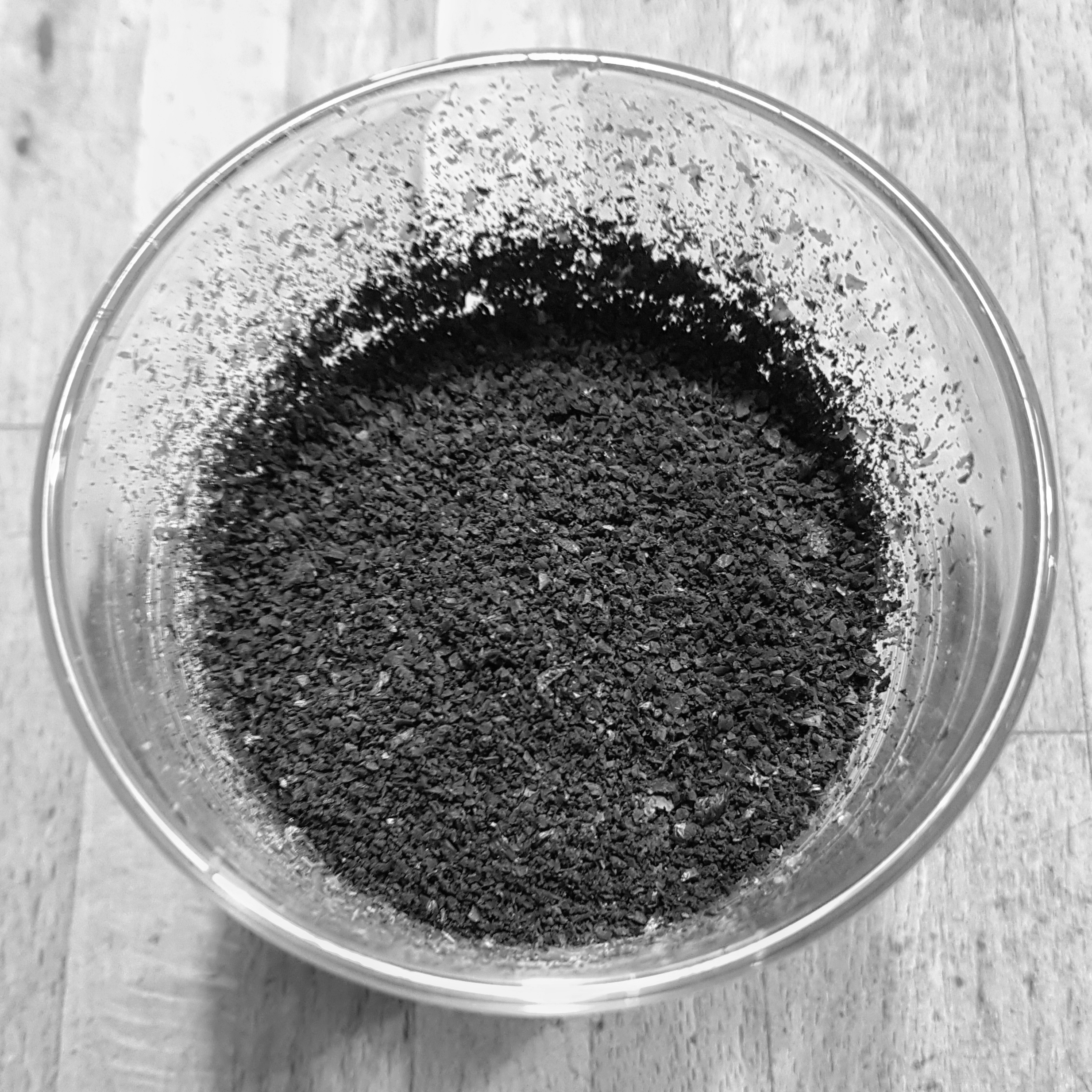
Until this review, I had never tried coffee from Mexico. Considering the fact that it’s the closest coffee-growing region to the United States, it’s strange that none of the coffee companies I worked for in Michigan ever stocked it. For this reason, and also because part of my goal with this wee project is to broaden my coffee horizons, I chose the Mexico Terruño Nayarita from the dozen or so options on Luckie Beans’ website.
Luckie Beans is a coffee roaster in Berwick-Upon-Tweed, roasting out of an 18th century building just metres from the sea. They roast in small batches and distribute around the Scottish borders as well as further north, and also run a coffee cart inside Glasgow’s Queen Street train station.
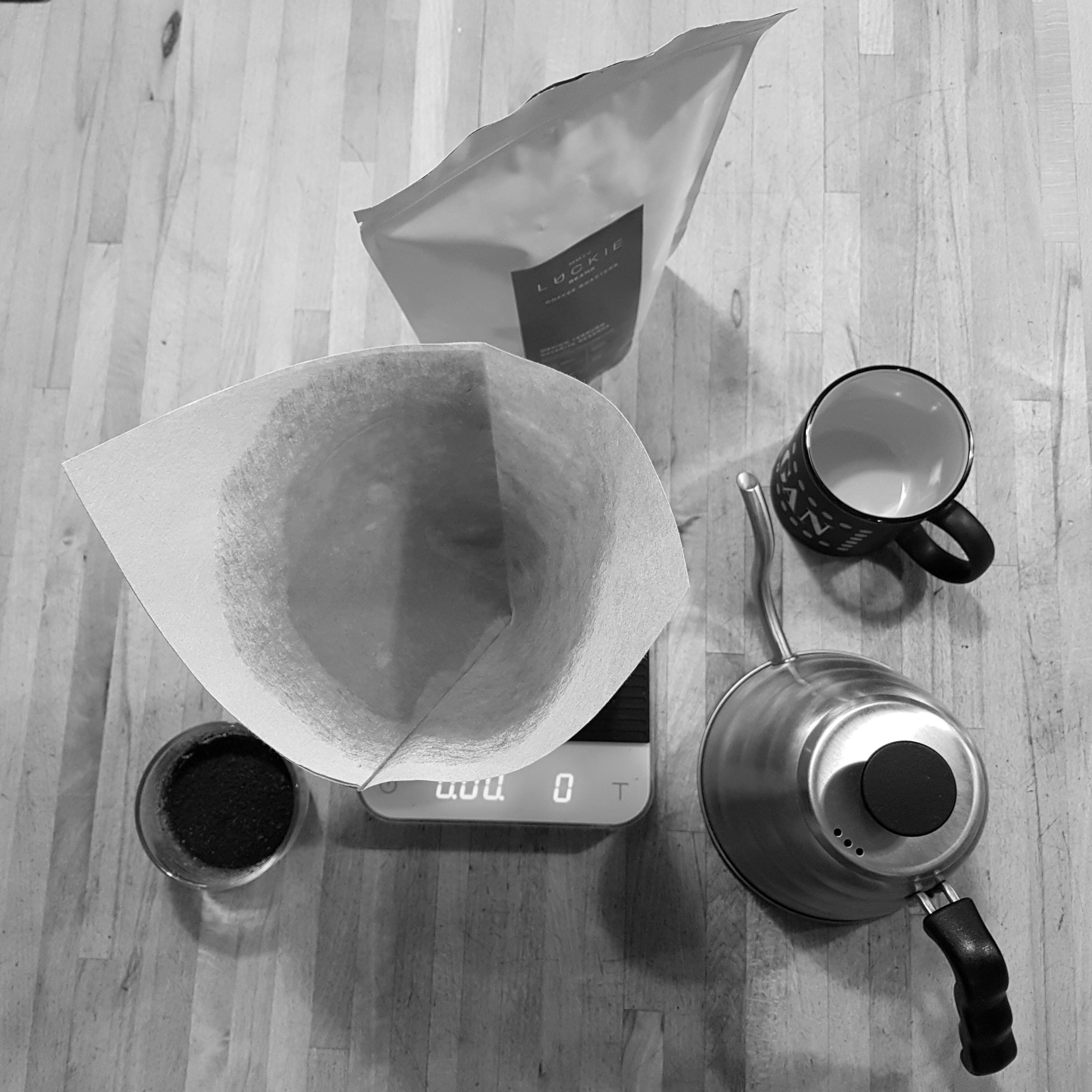
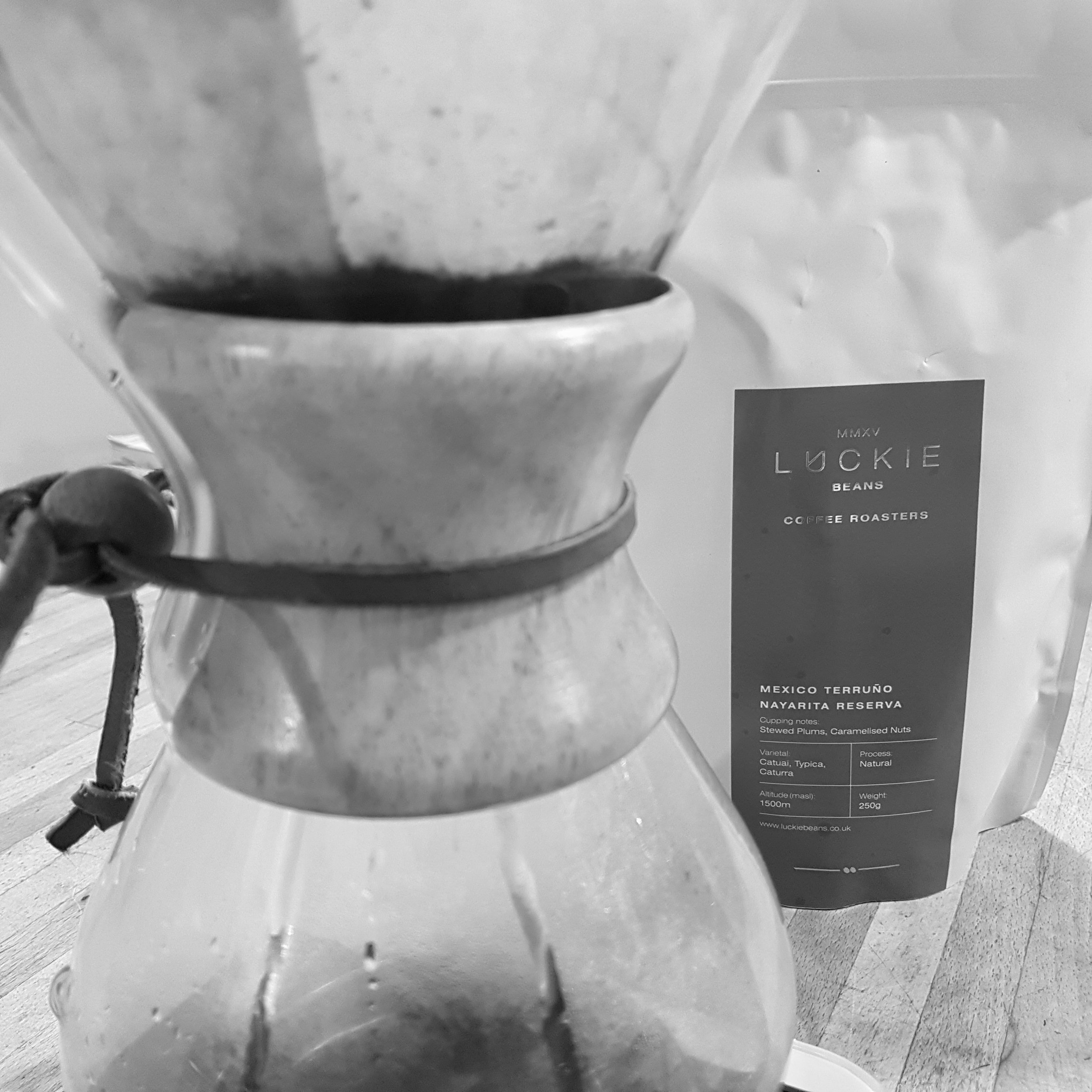
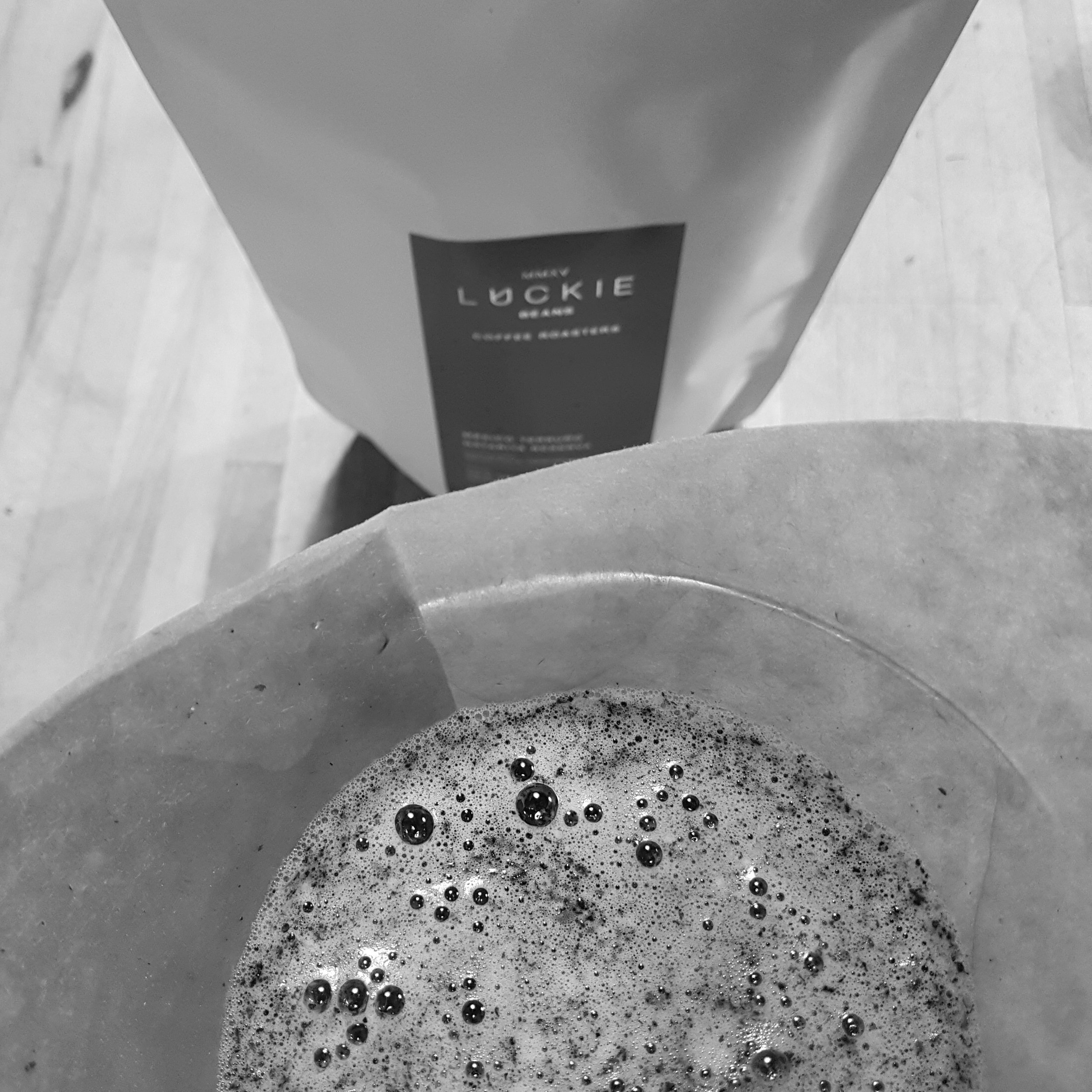
Mexico is one of the largest coffee-producing countries in the world, and the largest producer of organic coffee (making up 60% of world production in 2000). Like much of Latin America, the history of coffee in Mexico is rooted in colonialism, it being the Spanish who introduced the plant to their colony in the late 18th century. After the Mexican Revolution coffee cultivation became more democratic, with small farmers able to invest in their means of production, although years of political unrest has seen the coffee market rise and fall (and at one point collapse entirely). For an in-depth rundown of the history of coffee in Mexico, it is well worth reading this fascinating article from Equal Exchange.
Like Brazil, Mexican coffee has traditionally been used in blending due to its price and recognisable chocolate and nut notes. However, in recent years that has begun to change, with more high-grown and micro-lot coffees reaching the specialty market.
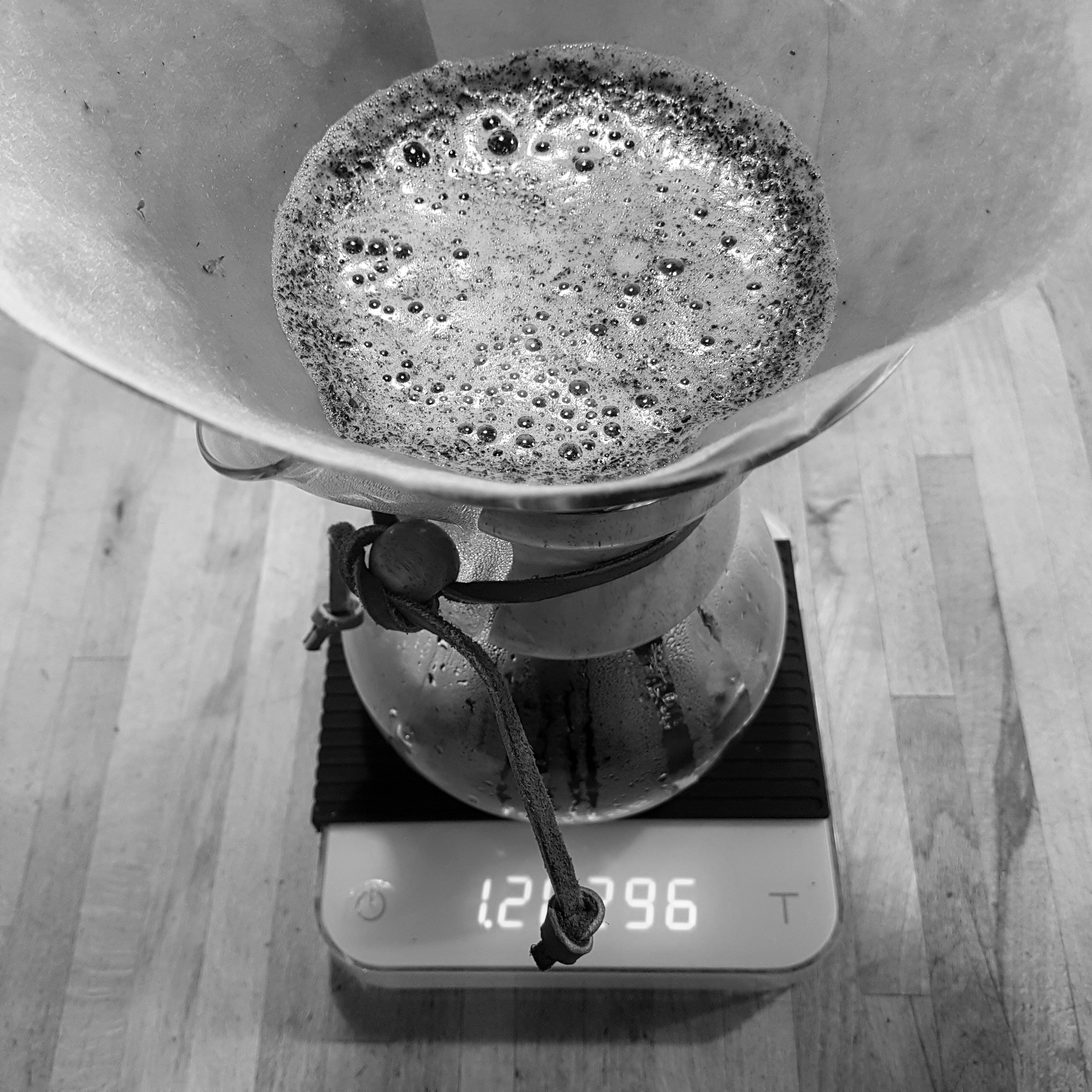
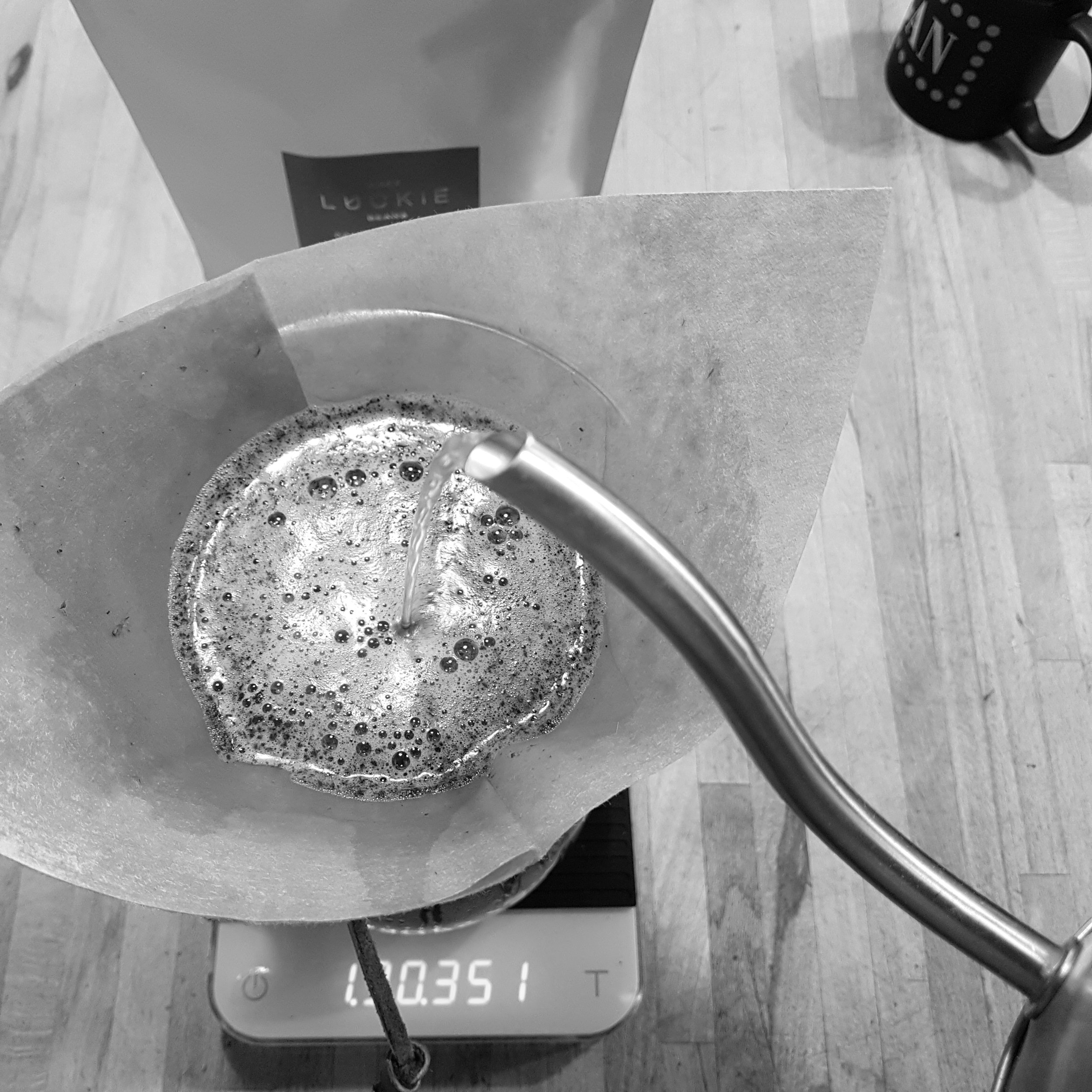
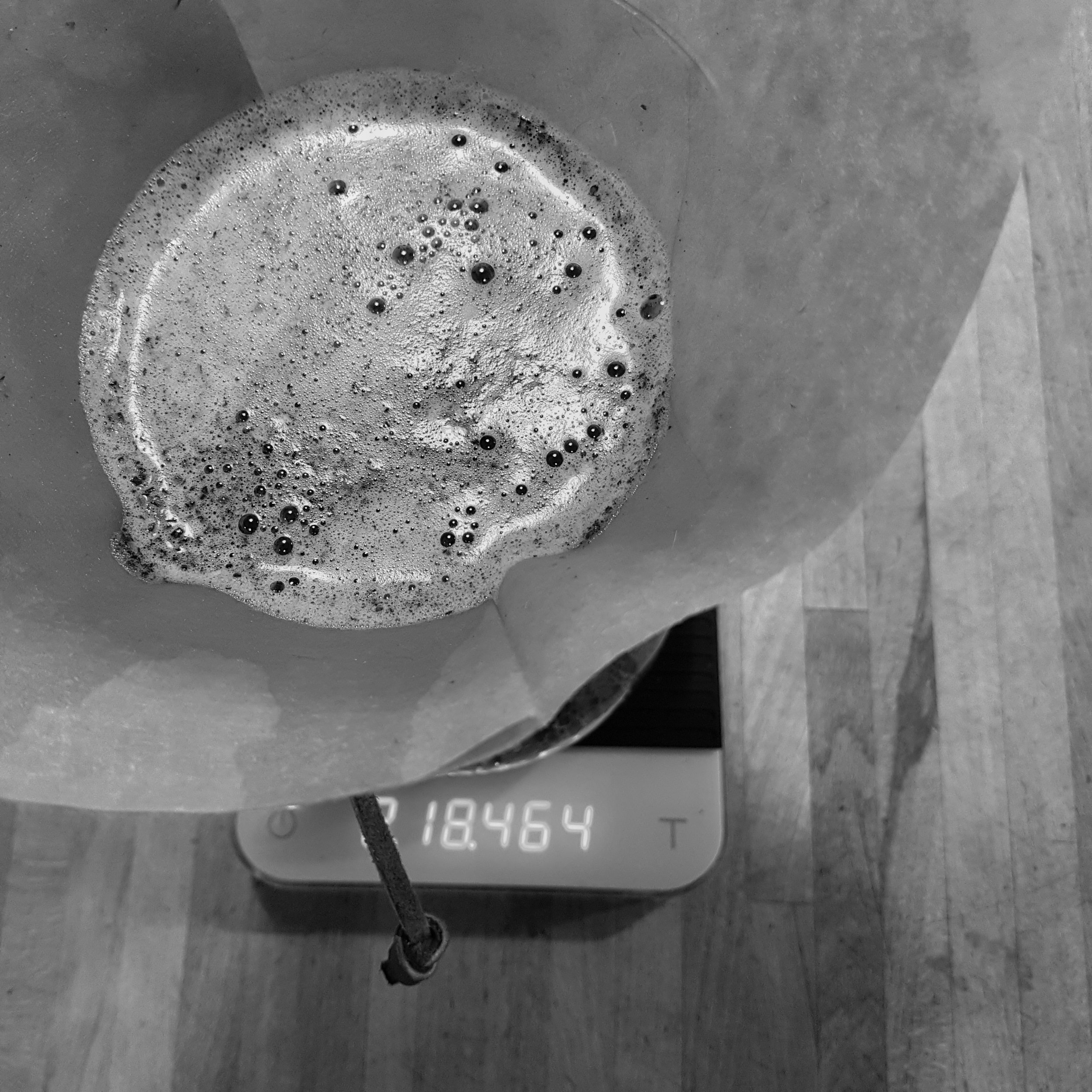
This particular coffee is naturally processed, and comes from the Nayarit region in the west of the country. Located on the extinct volcano Cerro San Juan (bonus cool points for that), the Terruño Nayarita co-op is made up of 260 smallholding farmers, whose heirloom trees combine to form this specific reserve.
The coffee arrives in the standard pouch, with a sleek label supplying the basic information. The first thing to note is that it is roasted darker than what is probably considered the norm these days, although certainly lighter than some I’ve experienced. It smells good when ground, a potent hit of wood smoke, dried cherries and molasses.
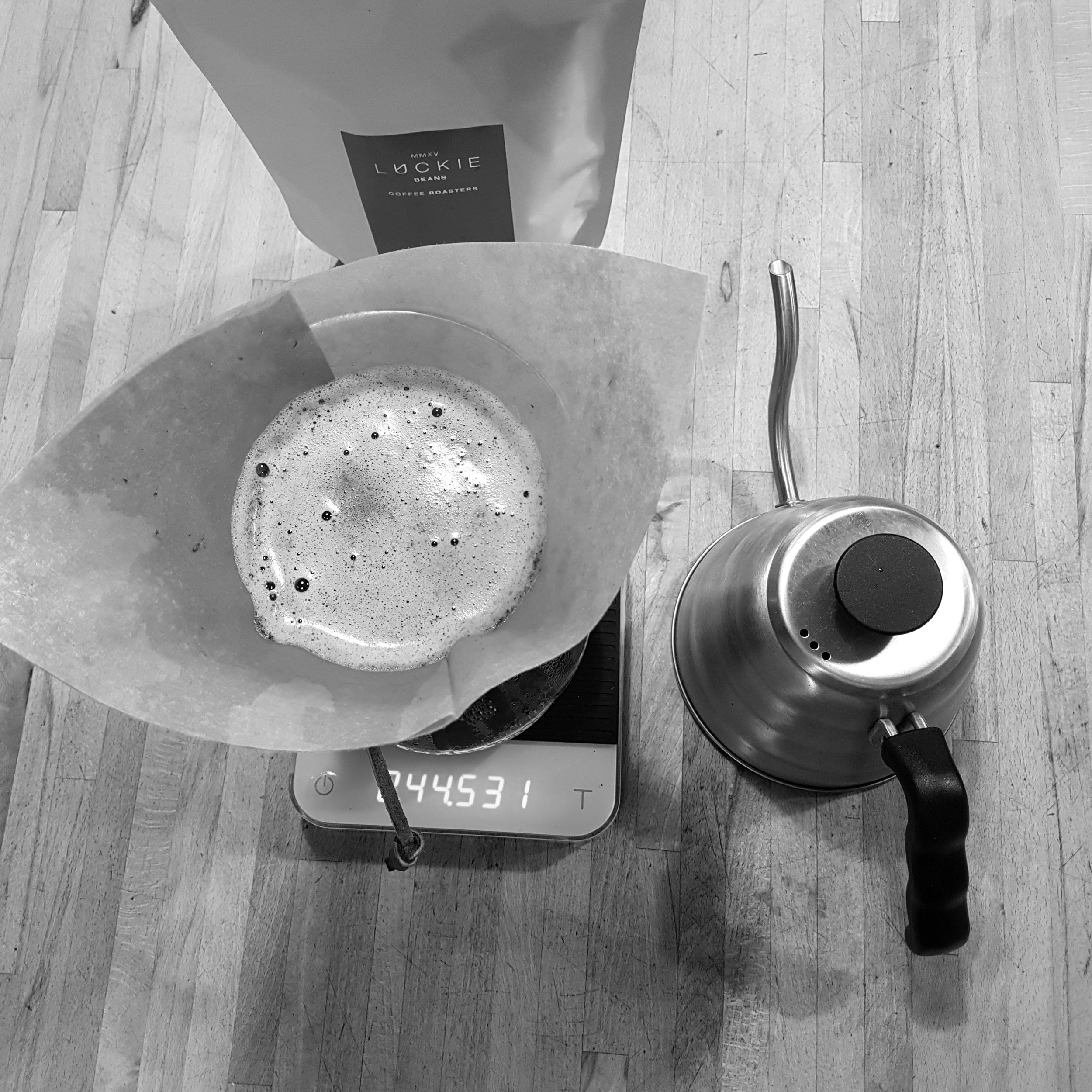
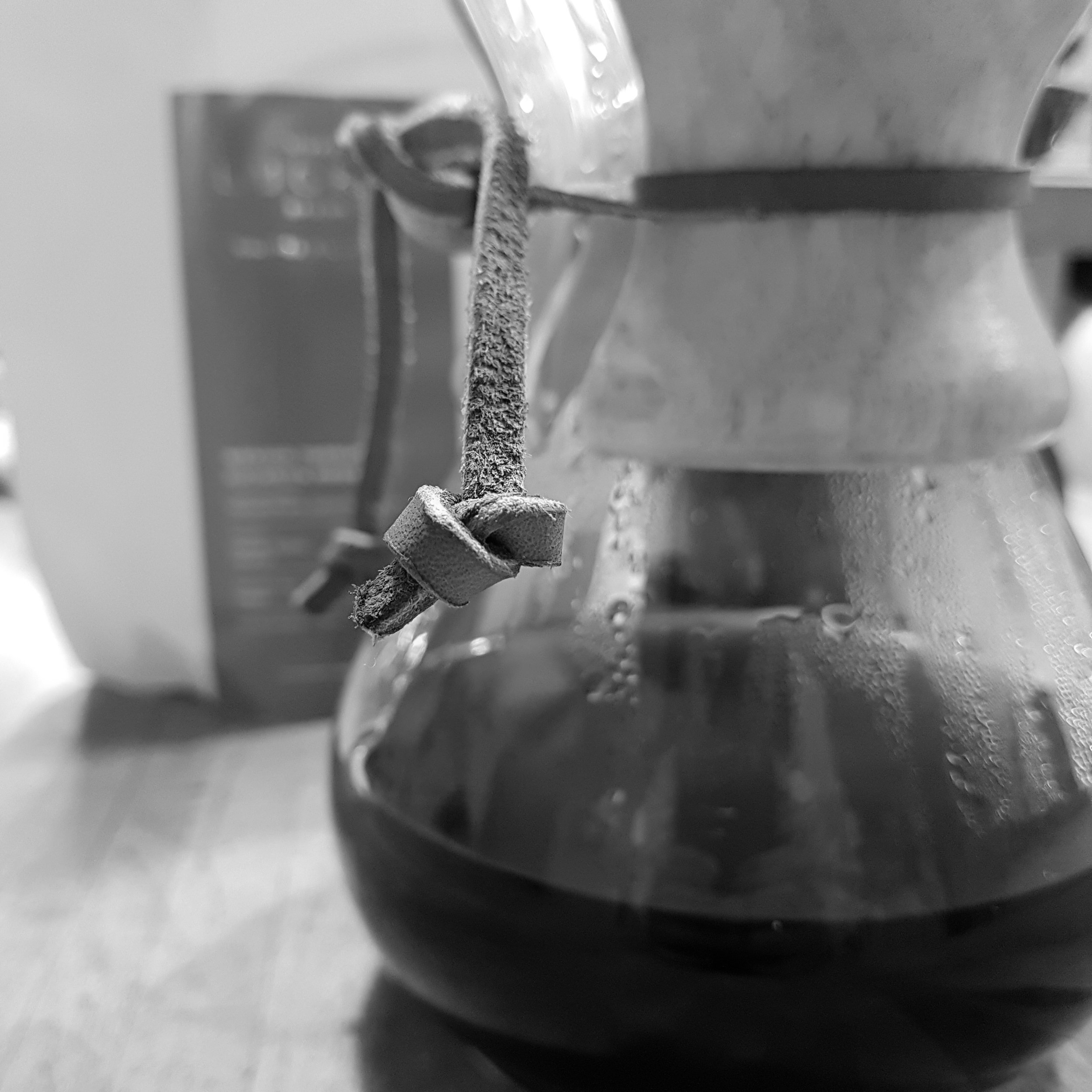
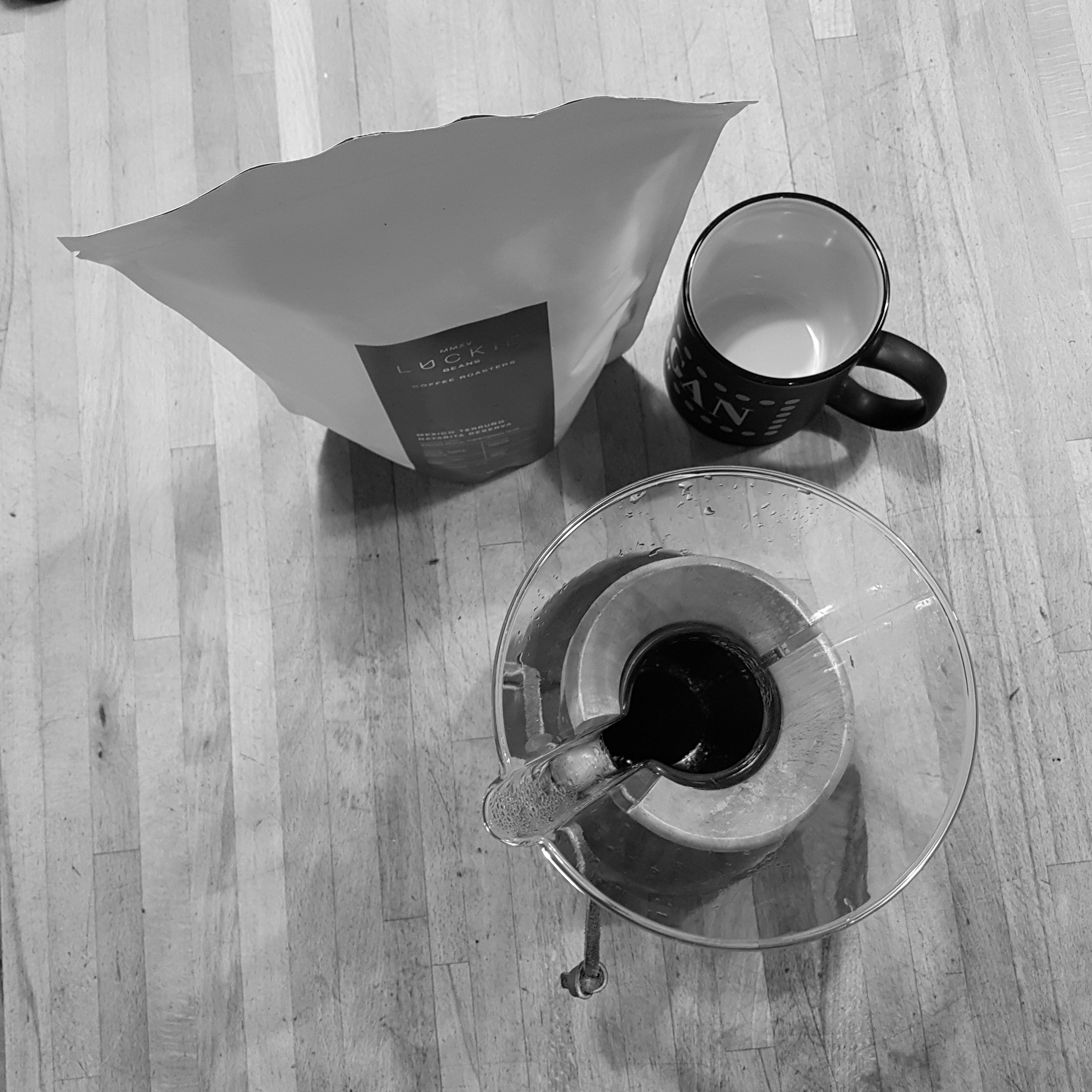
Brewed with a Chemex, it is deep, rich and full-bodied. Its lack of brightness is made up for with a cinnamon sweetness, alongside notes of caramalised pecans and a slight kiss of strawberry. The finish is melodic, subtle still a bit sweet, drawing itself out into a peaceful, malty finale.
This is, at base, a tasty coffee. It combines the full, earthy solidity of a good Brazil with the lighter, airy top notes of the best offerings from Guatemala. It will please most people, from those who prefer their coffee “strong” to those who like a splash of milk and everyone in between. Having never tried coffee from Mexico, this choice was a bit of a gamble, but it worked out very well indeed. I look forward to trying more coffee from this particular origin, as well as from Luckie Beans themselves.
Region: Nayarit
Altitude: 1500m
Process: Natural
Varietal: Catuai, Typica, Caturra
A newsletter about coffee—its culture, politics, and how it connects to the wider world.